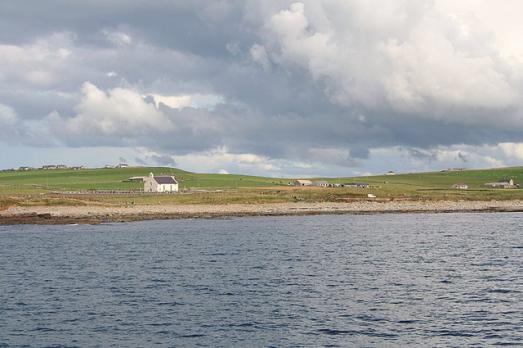
St Peter
Sandwick, Orkney Islands | KW16 3LS
A rare survival of a quite exceptional unaltered Scots Parish Kirk of 1836.
Search for a fascinating place to visit, or see the variety of churches, chapels and meeting houses we have supported.

Sandwick, Orkney Islands | KW16 3LS
A rare survival of a quite exceptional unaltered Scots Parish Kirk of 1836.

Caerhays, Cornwall | PL26 6LY
There is a peal of six bells, three of which are medieval, contained within the ancient tower which was repaired in 1970 when a new buttress was built.
We have supported this church
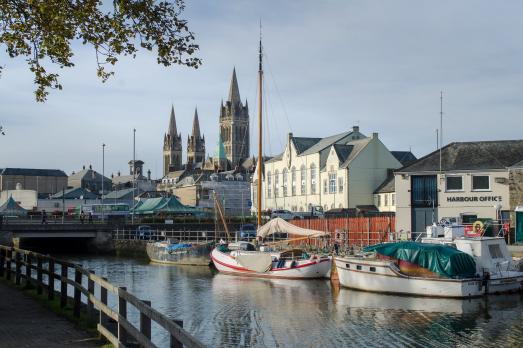
Truro, Cornwall | TR1 2AJ
Truro Cathedral is Cornwall's cathedral - a beautiful building built in the Gothic style it stands at the heart of the picturesque city of Truro.
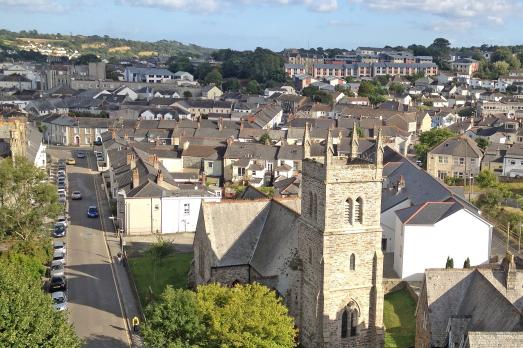
Truro, Cornwall | TR1 3NR
Welcome to the St George’s, Truro, a delightful Cathedral City located in the County of Cornwall in the South West of England.
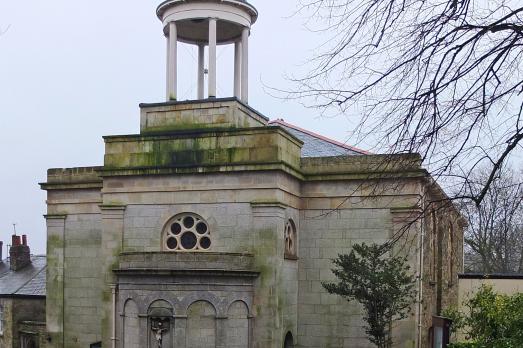
Truro, Cornwall | TR1 2NU
St John is situated at the top of Lemon Street in Truro, built in 1828 as a simple rectangular block with a whitewashed interior and balconies on the north and south sides.
We have supported this church
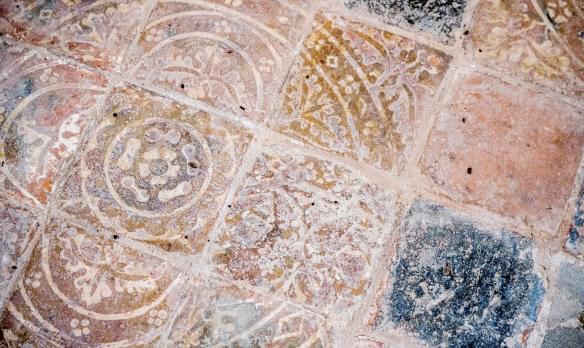
Ruanlanihorne, Cornwall | TR2 5NZ
Set in the lovely creekside village of Ruan Lanihorne the church, dedicated to the Celtic Saint Rumon, has been the centre of Christian life in the village and surrounding countryside for over 1000 years.
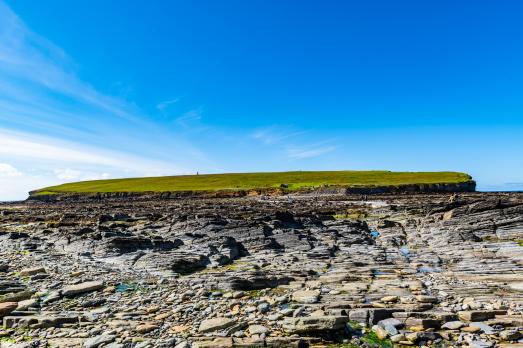
Brough of Birsay, Orkney Islands | KW17 2LX
Today, the Brough of Birsay is a small tidal island off the Orkney mainland. Between the 600s and 1200s AD, the area was settled by the Picts and Norse.
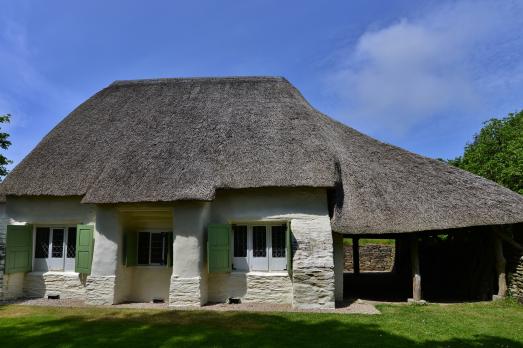
Come to Good, Cornwall | TR3 6QS
The tiny village is home to an historic Quaker meeting house, a cob and straw thatch building dating from 1710 and containing glass dating from 1640.
We have supported this church

Treleigh, Cornwall | TR16 4AY
When you walk through the door of St Stephen, Treleigh, you will be dazzled by the array of green and gold kneelers completed in the 1970s and the beauty of the Hawthorn window, dedicated to Revd Arthur Hawthorn who was vicar from 1941 to 1958.
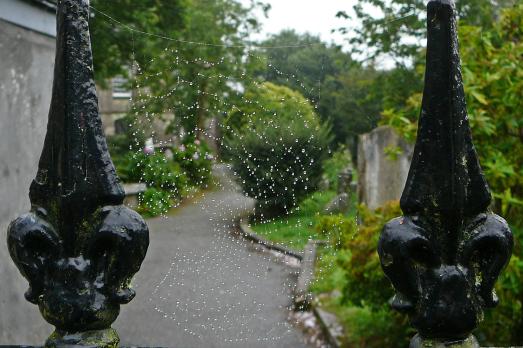
Redruth, Cornwall | TR15 3BT
St Euny is at the heart of an important mining landscape, amid many impressive reminders of mines, stamps and engine houses all within a mile of this spot.

Truro, Cornwall | TR3 6PY
The parish is named after the Cornish word for water 'Dowr' and lies near the point where two rivers meet.
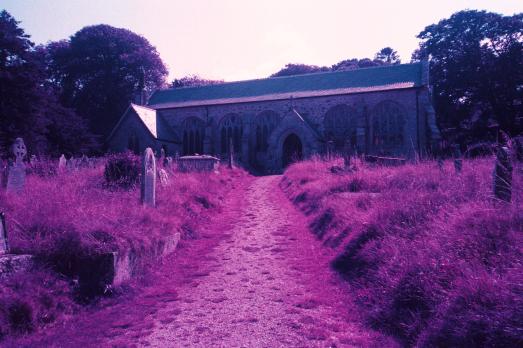
Gwennap, Cornwall | TR16 6BD
St Weneppa, Gwennap is founded on a Celtic monastery thought to date from the late 5th century.
We have supported this church